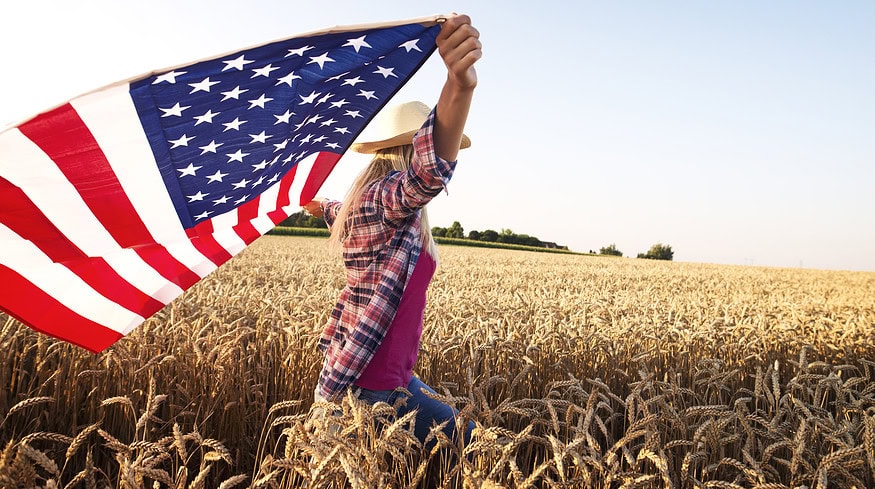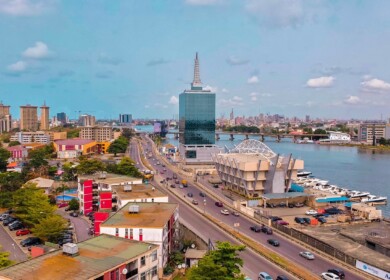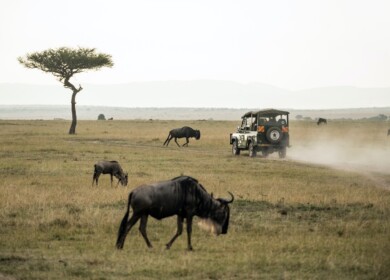US supports farmers with subsidized low-interest loan programs

In a swift response to the growing need for financial aid, states across the US are bolstering their low-interest loan programs, aiming to support farms, small businesses, and housing developments. Missouri Treasurer Vivek Malek’s recent call for applications, met with an overwhelming influx of requests, underscores the soaring demand for such economic relief measures.
Missouri, while a notable case with requests surpassing available funds within hours, is not alone in this trend. States from New York to Montana are witnessing heightened public interest in these state-subsidized, low-interest loan programs, especially after the Federal Reserve’s series of interest rate hikes made borrowing more costly. The Fed’s aggressive stance, elevating its benchmark interest rate to a two-decade peak, was a measure taken to temper inflation but consequently burdened borrowers nationwide.
These loan programs, commonly referred to as linked-deposit programs, involve states depositing funds in banks at sub-market rates. Banks then utilize these deposits to extend low-interest loans to specific sectors, predominantly agriculture and small businesses. This arrangement, by reducing interest rates by an average of 2 to 3 percentage points, offers substantial savings to borrowers.
However, states maintain a ceiling on these advantageous rates, limiting the total funds allocated to ensure the state’s earnings aren’t overly diminished. This constraint has led to quick exhaustion of funds, as seen in Missouri’s case, where the treasurer’s office received a flood of applications, reaching a staggering $119 million in just six hours.
The interest in these programs isn’t confined to one or two states. Illinois, for instance, has significantly increased its low-interest loan deposits, growing from a mere two agricultural loans in 2015 to a substantial $667 million by last year. This surge in demand prompted Illinois Treasurer Michael Frerichs to enhance the program’s cap from $1 billion to $1.5 billion. Similarly, New York experienced a dramatic rise in applications, with figures climbing from 42 in 2022 to 317 in the following year.
Despite the evident need and popularity of these programs, not all states currently offer them, and some are reevaluating previously shelved programs in light of the economic strain on businesses and individuals. The resurgence in interest and the immediate exhaustion of funds upon availability suggest a crucial role these programs play in supporting key economic sectors during financially challenging times.
While the expansion of these programs is a promising step, it’s evident that the demand far outweighs the current supply, leaving many, like Missouri farmer Jason Bernard, in a precarious position. The stark reality of higher interest rates means the difference between survival and financial distress for many. As states like Montana, Iowa, Kansas, and Ohio report increased uptake of these programs, and others like Oklahoma consider reviving dormant initiatives, the nation watches closely, hoping for a balance between economic stimulus and fiscal prudence.
Enjoyed this story?
Every Monday, our subscribers get their hands on a digest of the most trending agriculture news. You can join them too!












Discussion0 comments